In the hills of rural Nepal, a cow passes by a hospital window as Mark Arnoldy sits down to work. His company Possible is a nonprofit dedicated to bringing affordable healthcare to far-flung places where medical supplies and expertise are an invaluable resource.
The company is based in New York, but the work requires Mark to frequently travel to Nepal. How do you run a company while living in planes and communicating across vast time differences when your workplace might not even have running water? We asked Mark how he manages to stay connected and organised on the road, and how he works.
Location: Rural Nepal + NYC + Planes
Current Gig: CEO at Possible. We are working to make healthcare possible in the world’s most impossible places.
One word that best describes how you work: Essentialism.
Current mobile device: Unlocked iPhone 4s in Nepal, iPhone 5s everywhere else.
Current computer: MacBook Air
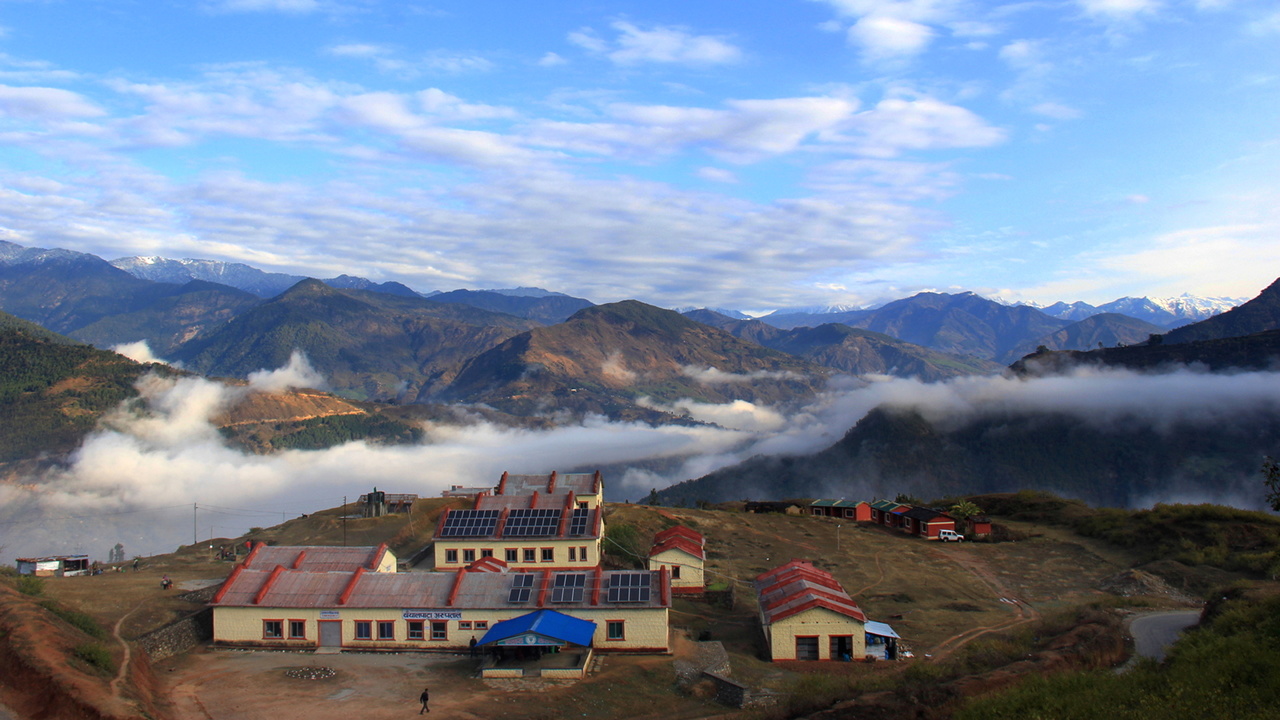
What apps/software/tools can’t you live without?
Asana. It’s the backbone of how we get work done together across different locations and cultures (but equally important within the office). It’s the tool we use to define “who will do what by when” for everything from single self-assigned tasks to complex, long-term projects. We say “Asana or bust”, and if you can hack Asana to do something simply and elegantly, then it should be built in Asana rather than adding more separate tools to your workflow. We do everything from lightweight CRM for funding partners to managing complex care for crowdfunding patients through our partners Watsi.
What’s your workspace setup like?
I was away from New York for 70 per cent of the last year and spend about 30 per cent of my time in Nepal. So the New York answer about my workspace is less interesting.
My work setting in rural Nepal looks like this. It’s two to three days each way to get there from NYC so if I leave on a Friday night from New York, I can be at our daily standing morning meeting in Nepal on Monday. When there, I work out of whatever space I can find in the admin block of our hospital hub, which acts as the center of the healthcare system we are building in rural Nepal. We’ve done everything we possibly can to get reliable electricity and internet there because we run on tools like Asana, Dropbox, BambooHR, and Small Improvements and are trying to do the impossible by transitioning to an electronic medical record system that cuts across hospitals, clinics, and community health workers in one of the most remote areas in the world.
But we still have problems and are looking for tech partners to help us fix our internet issues!
Work on the move and in Nepal involves only two things: my MacBook Air and my Bose noise-cancelling headphones. I can, and have to be able to, work from anywhere. Our patient demand and team is growing so quickly that I’m just happy to find a corner of space with a chair and relative quiet. And it always makes you laugh when you’re going really intense on something over Asana like raising money from some really influential person and then see a goat or cow walk by the door of your office. Happens all the time — this one was applying to be our new security guard.
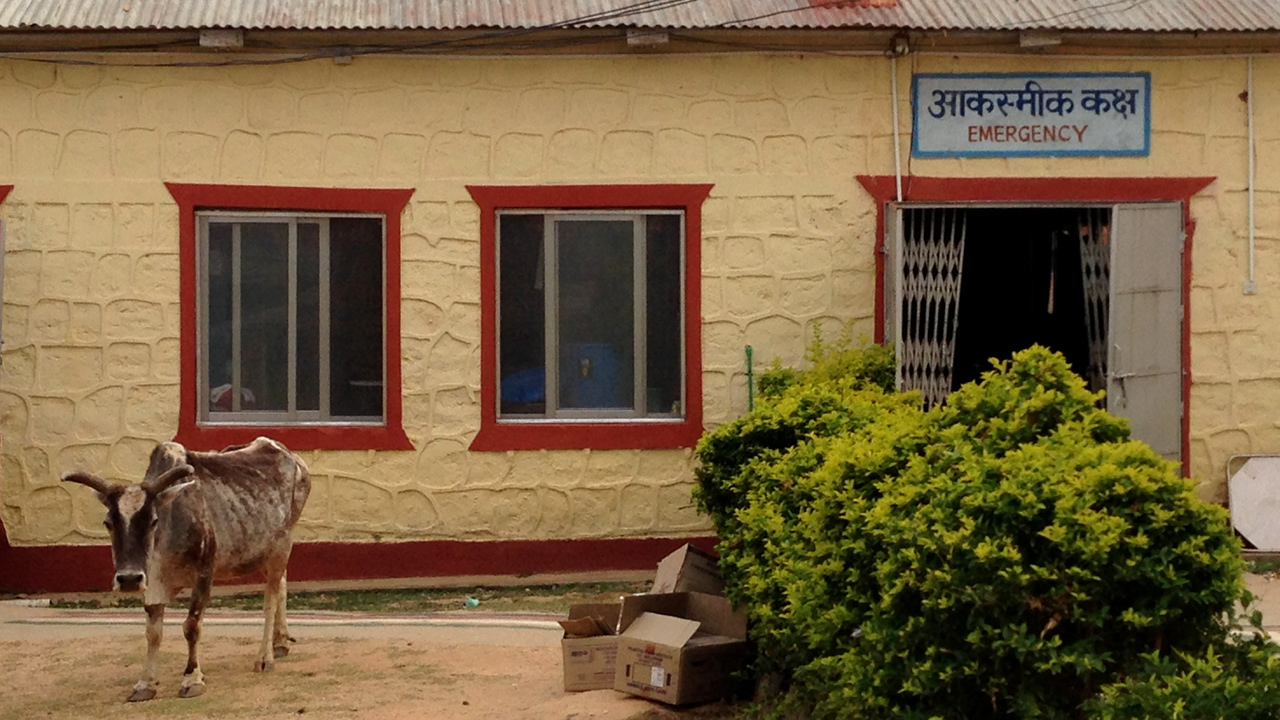
But the bottom line is if you’re travelling for two to three days to get somewhere, then that means something productive has to be happening in planes, jeeps, and taxis. I do a lot of thinking work then and have conversations with team members I’m travelling with.
What’s your best time-saving shortcut/life hack?
No Meeting Wednesdays.
I love this so much we have a joke that Wednesday is like Saturday to me. It’s simple and is what it sounds like. Every Wednesday, we have no meetings. No internal meetings. No external meetings. It’s the day to get out of everyone’s way and be highly focused on complex work without distraction. We find that having it in the middle of the week brings a lot of relief and balances build up before Wednesday and execution after.
What’s your favourite to-do list manager?
Asana by far. Our teams are really supportive of each other and we’ve published some pieces on each other’s blogs about how we use their tool to do everything from literally save lives to manage our cross-continent daily commitments or one on one meetings.
How do you stay in touch with the office while working in rural areas?
Let me give quick context for what work looks like.
I’m either in New York City, rural Nepal, or in transit to a random place that offers a lot of value to our patients for some reason. My “commute” from New York to rural Nepal typically is a 13-hour flight to Doha, one night stay in Doha, five-hour flight to Kathmandu, 1.5-hour flight to western Nepal, and then a nauseating 12-hour jeep ride to rural Nepal where we work.
In rural Nepal, we have over 250 team members, many of which are partially literate women who are working as community health workers, hours and hours walk from our hospital hub. So it’s a big challenge to make our system work. Here are some of the things that help:
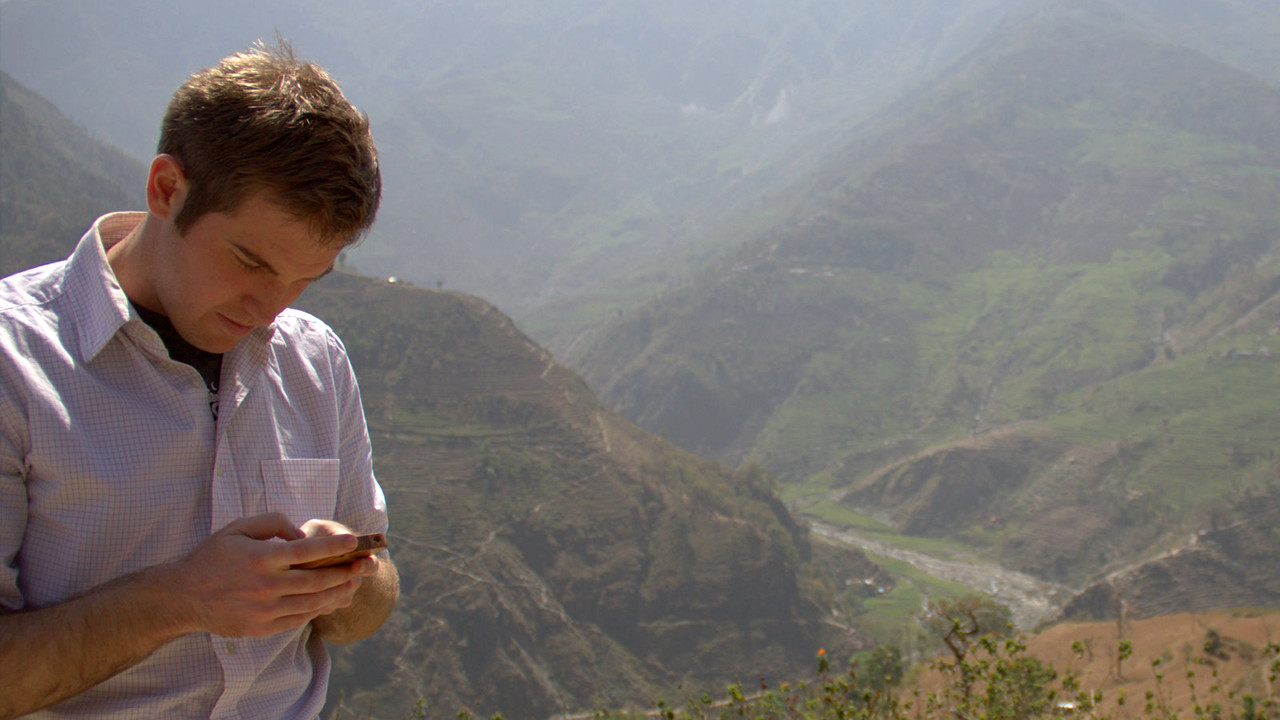
- We have weekly one on one meetings across the team between managers and team members. We treat these as sacred and they happen even if we are on different continents.
- We have a shared public space in Asana where we post our “daily commitments” each day which are items that are “big enough to matter and small enough to ship” in one day before someone goes to bed. So you always know top priorities for other team members.
- We host a daily standing meeting in each side of the world everyday. We have it over UberConference so team members from each continent can join in on the other side’s meeting if they want.
Besides your phone and computer, what gadget can’t you live without and why?
My Karma Wi-Fi hotspot device. It helps me do things like crank out dozens of thank you emails to key partners while I’m sitting on a plane that’s being boarded. You just can’t get that kind of productivity working from a phone or tablet so it helps me use my computer when most people are stuck poking away at small screens. And other people can connect to it and use it!
It doesn’t work in Nepal (yet), so I have a local equivalent through a telecom company there called NCell.
Do you have any travelling gear that you always take along?
I keep it simple and always have an eye pillow and several sets of ear plugs. With that and some Benadryl (which I carry because I have a nut allergy), I can sleep anywhere at anytime.
What everyday thing are you better at than everyone else?
Probably nothing, but I try to be really good at writing introduction emails for folks I’m asking a favour from because I want to respect their time and know that introductions are often just a really awkward thing for folks. The secret is I ask myself, “How can I write this person an email that will be so effortless for them to pass on to the person I want to connect to that it would be silly for them not to?”
Asking for an email introduction is pretty boring and can be a drag, so I’ve just tried to turn it into this interesting challenge.
What do you listen to while you work?
We give every team member a set of Bose noise-cancelling headphones when they join because it’s a symbol of being focused and getting stuff done. It also helps enormously during travel and in an open, active office like we have.
So I’m always in my Bose world either listening to my favourite band Sigur Ros for thoughtful writing stuff, Jazz and Rain (just because it’s cool), or a random set of higher energy stuff from friends on SoundCloud when I just need to hustle and ship a lot of quick tasks.
What are you currently reading?
I’m reading two books at once (and doing that pretty poorly). But the first is The Hard Thing About Hard Things by Ben Horowitz and the other is Essentialism: The Disciplined Pursuit of Less by Greg McKeown. The former is great because it’s Ben’s distilled wisdom on the hard parts of being CEO, readable in short chunks. The latter speaks to an approach to life I’m trying to master — separating the essential from non-essential to make the impact I want in the world while still being a generous and loving colleague, friend, and partner. That’s the eternal question.
Are you more of an introvert or an extrovert?
I’m an ambivert. I love to work independently in solitude but can turn on the extroversion switch if I need to. I guess I’m often faking the extrovert to a certain extent though.
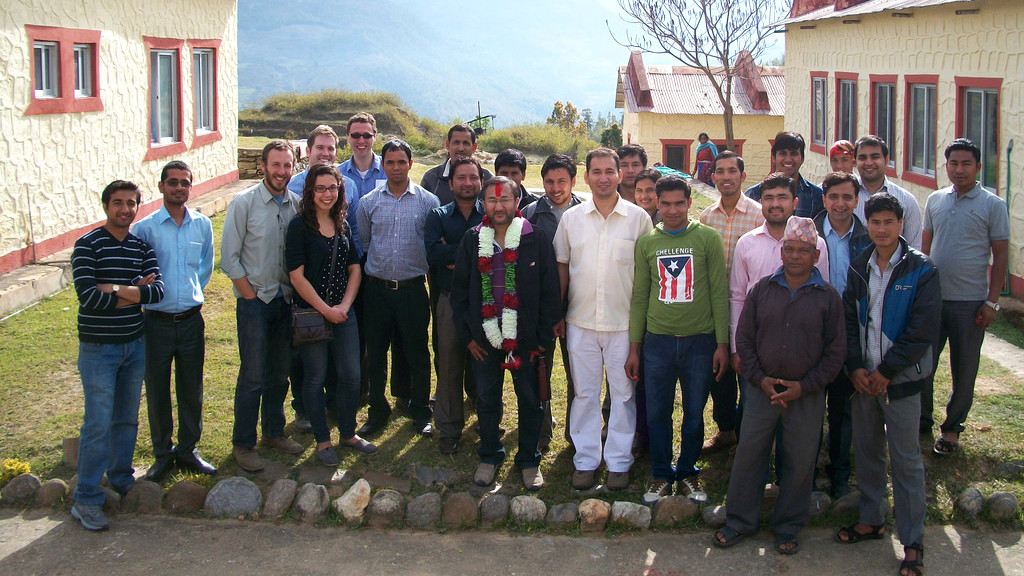
What’s your sleep routine like?
The goal is to get up at 5am and beat the world to do my proactive, challenging work without distraction. One of the great work challenges of this moment in time is how to separate the essential from non-essential, and I find that this sleep routine sets me up best not to get sucked into reactive work that has a low value add.
I use my Jawbone UP24 which I bought for myself for Christmas to specifically get better about establishing a sleep routine — but that is hard when jumping across 12 hour time differentials.
Fill in the blank: I’d love to see _________ answer these same questions.
The Pope, Pharrell, Adam Grant, and Alexis Ohanian.
What’s the best advice you’ve ever received?
My colleague saw me struggle with failing to bring in funding in the early days, and he sent me a quote from the Bhagavad Gita that said:
“We are obligated to the battle but not entitled to the fruits.”
It’s often the guiding piece of wisdom I use when confronting failure, and it helps remind me to keep the ego at bay. The work isn’t about any single person or what goes in someone’s bio — it’s about solving problems for our patients.
Is there anything else you’d like to add that might be interesting to readers/fans?
The most influential book I read in the last year was Adam Grant’s Give and Take. His central thesis is that people are either givers, matchers, or takers. Givers, who aim to add value to others, either end up on the top of the success ladder or bottom. And he talks about how to manage your approach to generosity so you can end up on top. I’d highly recommend it for people conflicted about the tension between time scarcity and wanting to be generous.
In that vein, we’ve produced two great documents that have been guiding for us so I wanted to share them in case they were helpful to others. Here’s our For-Impact Culture Code that defines the culture of our team, and a piece called The Role of Management at Possible, which spells out the goals, tools, and techniques we use in our management system.
I’m happy to try to be helpful to anyone I can support. Just email me at [email protected] or get in touch on Twitter.
We’ve asked a handful of heroes, experts and flat-out productive people to share their shortcuts, workspaces and routines. Every week we’ll feature a new guest and the gadgets, apps, tips and tricks that keep them going. Want to suggest someone we should feature or questions we should ask? Let us know.
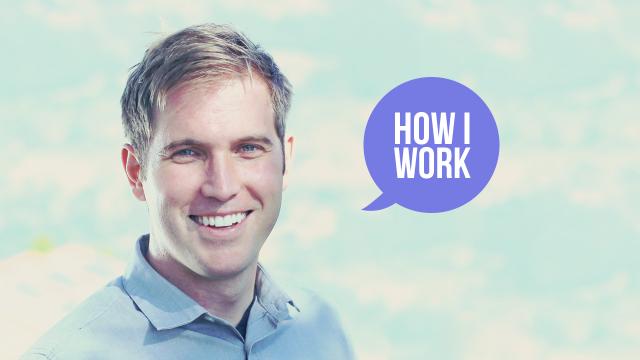
Comments